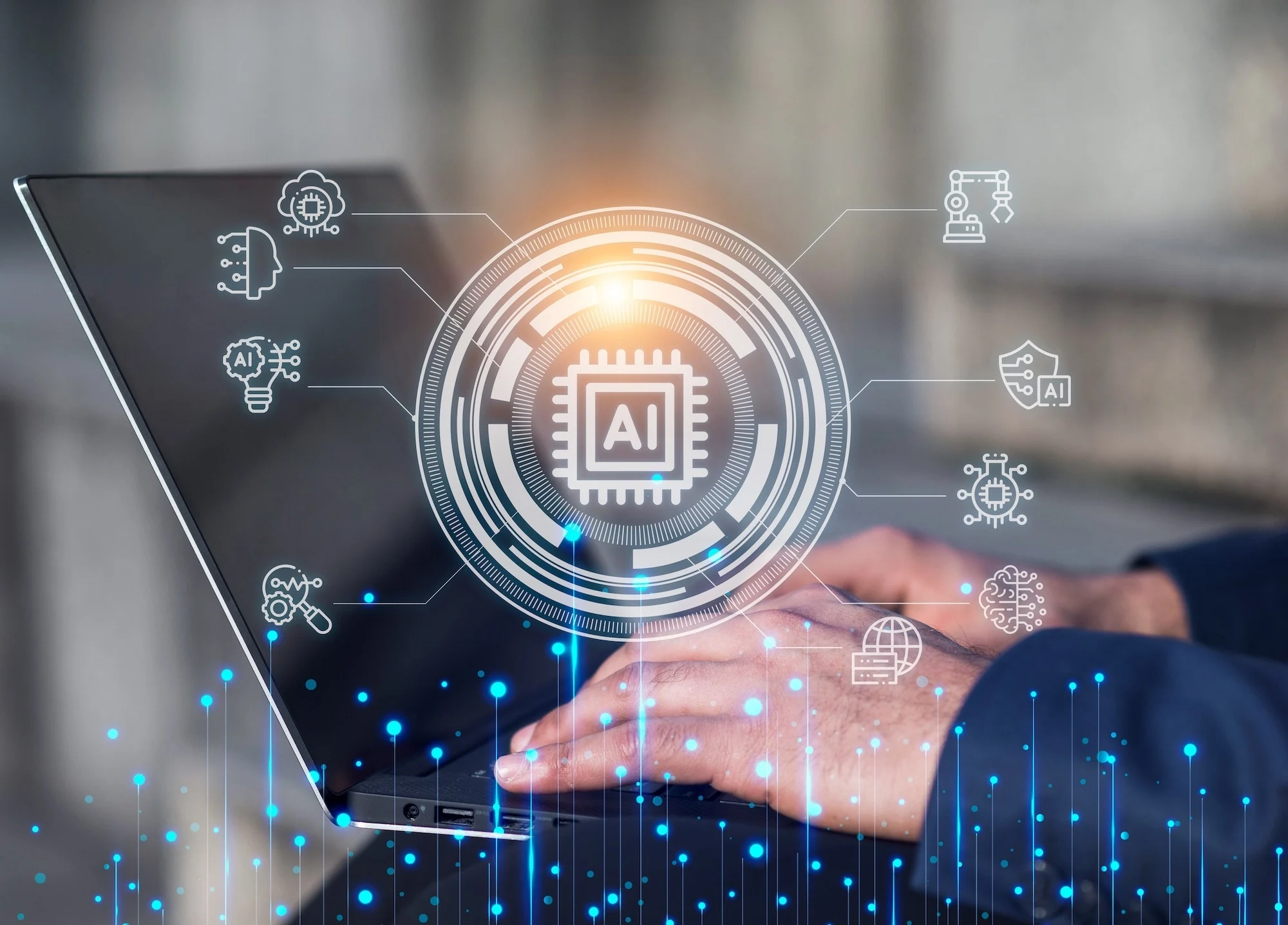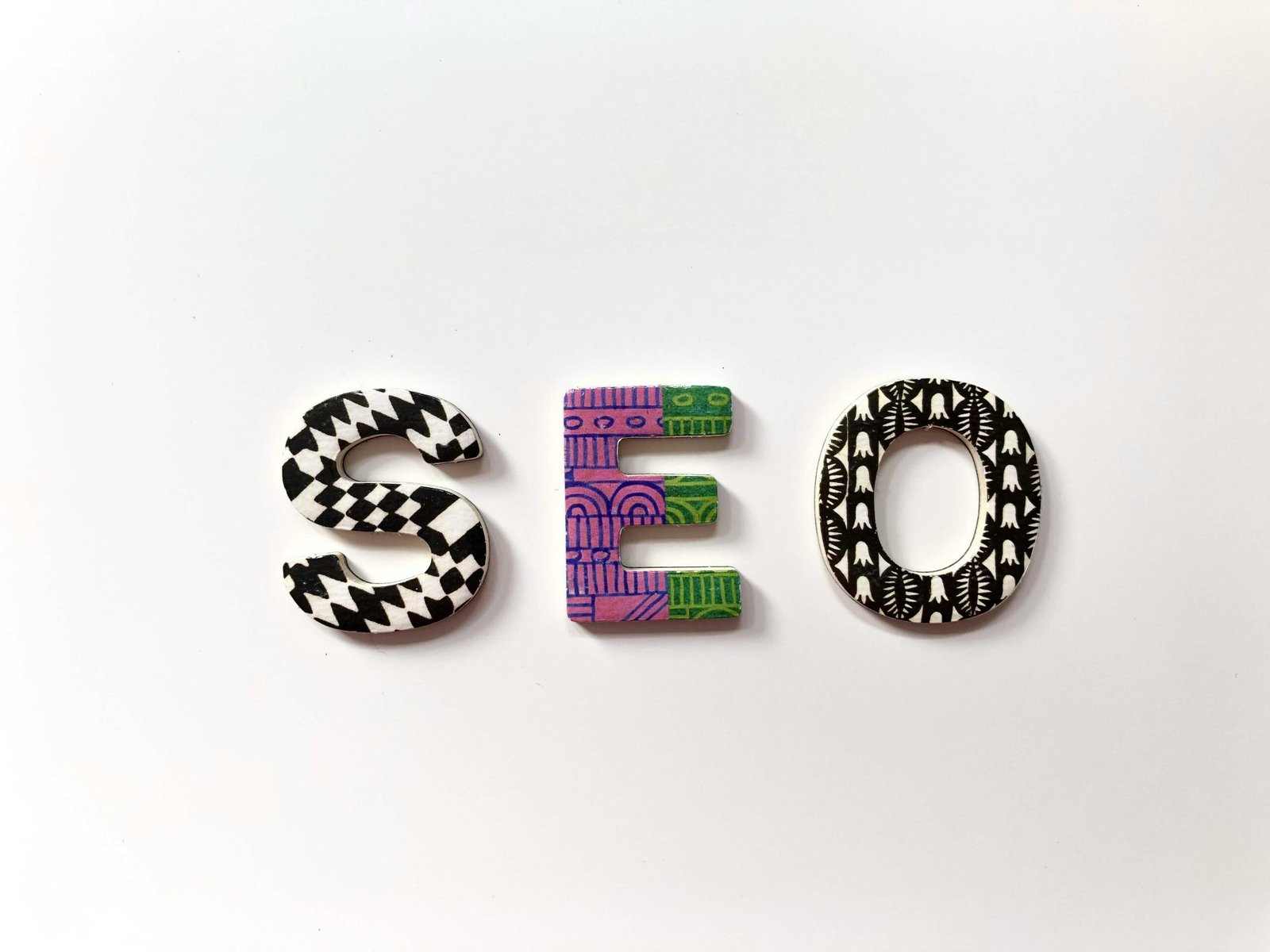
1. Start with Awareness and Understanding
Begin by explaining to your team what Generative AI Solutions are and how they fit into the overall business strategy. To employees without exposure to this kind of technology, it may sometimes seem abstract and even a little scary; try to couch it in terms that are a little more relatable.
Start with an introductory session that explains the basics of Generative AI. Highlight examples they might already have experienced a new form of text generation where AI is driving creativity, a new form of art, or even voice synthesis. Your team needs to understand that AI is not there to replace them but to enhance their capabilities to free up time for more important activities.
2. Select Tools for the Right Team:
Not all Generative AI Solutions are the same. Business units may require different kinds of tools based on their natures. For instance, your marketing team might require AI-based content generators; at the same time, the development team will use AI to simplify code generation or automation of testing. So, you assess what specific needs exist within different departments and align the types of AI tools according to the business requirement while creating your AI development services plan.
Compare and review Generative AI tools available today. In this regard, you may have tools like GPT-4 with great robust features for generating text, but you may also have some specific industry tools that may better suit your needs for your team.
3. Hands-on training and practical use cases
Once your team is brought up to speed on what Generative AI means, then it’s time for some hands-on training. The real secret of how to make Generative AI Solutions work well for your organization lies in the real-world application. Organize workshops that will enable members of the team to engage with the tools provided by AI and ask about how they may be applied to facilitate daily tasks.
For instance, your content creation team uses AI for draft articles or social media posts, while the designers use AI-provided prototypes to expedite their design process. The practical example helps you illustrate how your team can benefit from AI development services: where abstract concepts are translated into actionable workflows.
4. Collaborative Learning Environment
While AI is a constantly evolving beast, education and training are continuous. To ensure your team remains ahead of the curve, encourage a collaborative learning environment because members should share their experiences and insights among themselves.
Provide peer-to-peer learning through regular meetings wherein multiple departments can share how they apply Generative AI Solutions in their own tasks. Beyond cross-functional training, it also instills an innovation culture that tells your team to always introduce each newly developed AI development service .
5. Reduce Resistance with Huge Benefits
Though the benefits of Generative AI Solutions are apparent, you could still find team members who are resistant to change, terrified of being unemployed or apprehensive about changes brought about by the adoption of new technologies. Your best strategy will be talking to them and emphasizing how these AI tools are likely to support them instead of replacing them.
Talk specifically to the benefits for AI in the person’s role-in their being free from repetitive tasks or having new creative options. Elucidate how AI development services can make every person more effective and impactful at what they do.
Pointing out the value that AI brings to daily work usually overcomes shyness and builds enthusiasm in getting the person to integrate AI into his or her process.
6. Set clear expectations with clear role definitions
As with any other organizational asset, set expectations on how Generative AI Solutions will be deployed within your organization. For all the capability to automate, there is still a human component that needs to oversee the quality, ethical purposes of use, and alignment with company values.
Define concrete roles for applying AI in each department, either as draft preparation that team members can finalize or AI application in data analysis to support a decision made by that team.
Elucidating human-AI collaboration will allow each member of the team to better understand what they are supposed to do and what they must prepare for, due to the dynamic adjustment of the integration process of AI.
7. Monitor and Measure Success
As with any new initiative, it would be meaningful to track and measure the success of AI integration within your team. This might involve some key performance indicators relative to gains in efficiency, quality of output, time saved, and then monitor over time how well your team is unlocking Generative AI Solutions.
The reviewing of the impact of AI development services will enable you to pinpoint a scope for improvement, and in time, make adjustments to your training program. Furthermore, successful milestones and achievements you will make through AI implementation will motivate your employees to embrace these tools.
8. Continuous Learning with Updates
The field of AI is fast-evolving and constantly exposed to the emergence of novel tools, features, and best practices regularly. This is not a single training program which you might train your team for making appropriate use of it at the right time.menproject
Encourage your team to stay updated with the latest trends in AI development services. Avail them of webinars, online courses, or industry conferences to foster ongoing education for your team to remain competitive and fully equipped to take advantage of the latest AI capabilities.






